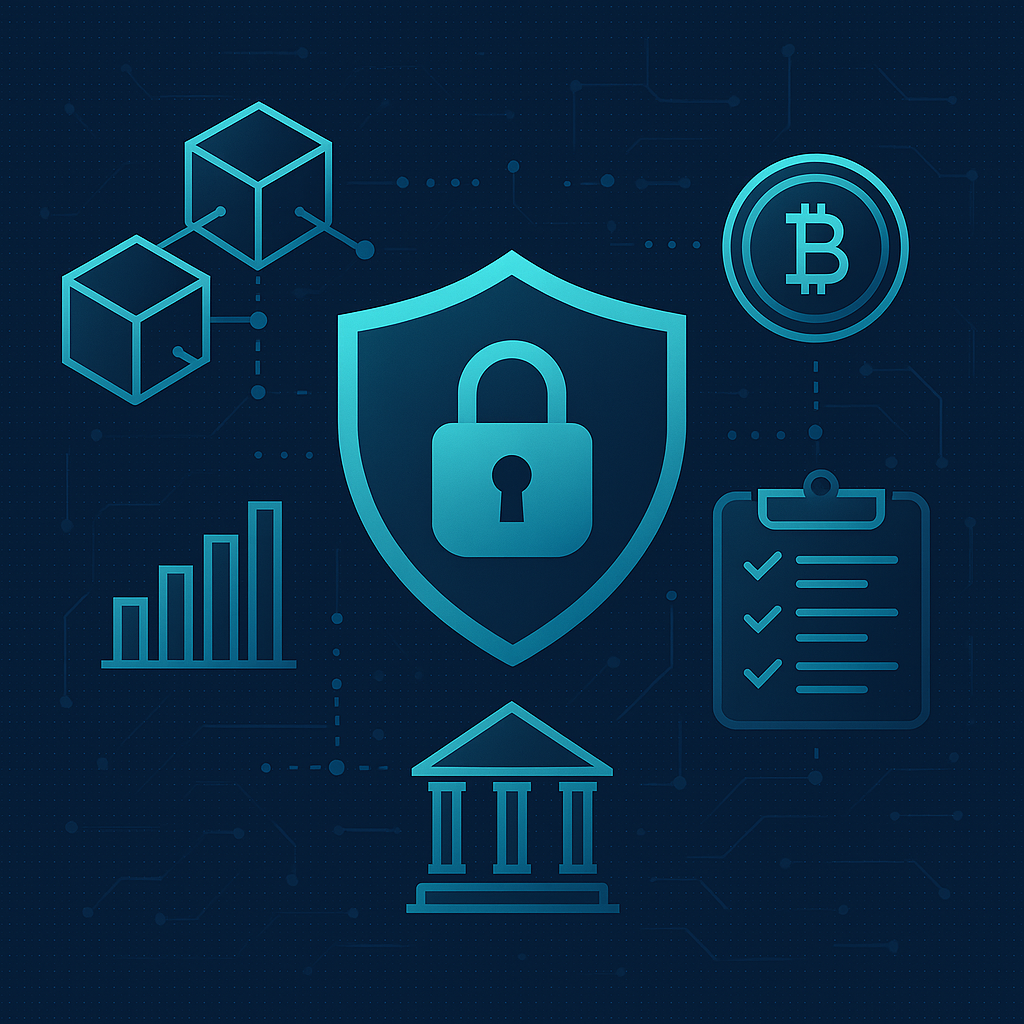
Introduction
In an era where cyber threats and regulatory pressures are rising, over 60% of Saudi businesses cite risk management as a top boardroom concern. But as traditional methods struggle to keep up, blockchain technology is emerging as a transformative force—ushering in a new era of transparency, security, and real-time compliance.
For business leaders, compliance officers, and corporate governance professionals in Saudi Arabia, understanding how blockchain is redefining risk protocols is not just insightful—it’s essential. With the Kingdom’s Vision 2030 accelerating digital transformation and the Saudi Central Bank (SAMA) promoting fintech adoption, blockchain presents a unique opportunity to fortify corporate governance systems while remaining compliant.
Let’s explore how this revolutionary technology is shaping the future of risk management in the Saudi market.
What is Blockchain in Risk Management ?
Blockchain is a distributed ledger technology (DLT) that records transactions across multiple nodes, ensuring data integrity, immutability, and transparency. In the context of risk management, blockchain enables:
- Tamper-proof audit trails
- Real-time compliance monitoring
- Secure data sharing among stakeholders
- Smart contracts for automated risk triggers
In simple terms, blockchain acts like a digital logbook—every action is recorded, verifiable, and irreversible, making it a powerful tool for governance, risk, and compliance (GRC).
Why It Matters for Saudi Businesses
Saudi Arabia is rapidly becoming a digital economy powerhouse. With government-backed initiatives like Vision 2030, the Financial Sector Development Program, and the Saudi Fintech Strategy, businesses are under pressure to adopt cutting-edge technologies that ensure:
- Compliance with anti-money laundering (AML) and know your customer (KYC) regulations
- Transparency in financial reporting
- Protection against cyber and data risks
According to a 2024 PwC Middle East report, 42% of Saudi CEOs plan to invest in blockchain for compliance and risk mitigation.
Key Challenges in Current Risk Management Practices
While the intent to digitize risk management is clear, Saudi organizations face several hurdles:
Manual Compliance Tracking
Reliance on spreadsheets and siloed tools makes it hard to track real-time regulatory changes.
Data Silos and Inconsistencies
Disparate systems across departments hinder effective risk data integration.
Fraud and Cybersecurity Threats
With increasing digital transactions, the risk of data breaches and financial fraud grows.
Lack of Real-time Monitoring
Risk indicators are often identified too late, leading to compliance penalties.
Regulatory Pressure
The evolving nature of ZATCA, SAMA, and CMA regulations requires agile compliance frameworks.
Blockchain Solutions & Best Practices
Here’s how Saudi businesses can leverage blockchain to address the above challenges:
Implement Smart Contracts
Automate compliance rules and risk response protocols using smart contracts. For example, a blockchain-powered system can automatically flag and report suspicious transactions to SAMA.
Use Permissioned Blockchains
Adopt private or consortium blockchains to ensure that only authorized entities access sensitive data—ideal for KYC, AML, and internal audits.
Integrate GRC Platforms with Blockchain
Use platforms like CG BOD’s GRC suite to integrate blockchain for seamless data collection, control testing, and real-time dashboards.
Monitor in Real Time
Leverage blockchain’s real-time capabilities to continuously monitor operational, financial, and compliance risks.
Cross-Department Collaboration
Blockchain enables secure and verifiable data sharing across departments and with external regulators, boosting audit readiness.
Real-World Examples & Case Studies
Case 1: SABB Bank’s Blockchain Initiative
Saudi British Bank (SABB) uses blockchain to streamline trade finance operations, reducing document fraud risk and enhancing cross-border compliance.
Case 2: Ministry of Health (MOH)
MOH leverages blockchain to ensure secure patient record sharing, reducing the risk of data breaches and improving compliance with healthcare regulations.
Case 3: Aramco’s Blockchain in Supply Chain
Saudi Aramco uses blockchain to verify vendor authenticity, manage contractual risk, and minimize fraud in procurement.
These use cases show how early adopters are setting benchmarks in risk governance using blockchain.
Conclusion: Time for Saudi Businesses to Act
Blockchain is no longer just a buzzword—it’s a strategic enabler of effective risk management. As regulatory frameworks tighten and cyber threats rise, Saudi businesses must act decisively.
